Research Methods for Generalist Social Work 5th Edition by Christine – Test Bank
Chapter 6
Marlow, Research Methods for Generalist Social Work, 5e
CHAPTER SIX
DESIGNING PROGRAM EVALUATIONS
Test Questions
- A pretest/post-test control group or experimental design always involved.
-
- random sampling
- random assignment
- nonequivalent comparison groups
ANS: B
- One potential ethical problem of designs with control groups is that those in the control groups will be “denied treatment”. The rigor of this design can be maintained and the “denial of treatment” issue addressed by:
-
- assigning the control group to a waiting list
- using a comparison rather than a control group
- assigning the control group to an alternative program/intervention
- either a or c
ANS: D
- A control group in social work research is usually.
-
- a group in which the intervention to be evaluated is applied
- a comparison group which is randomly assigned
- a group which is the result of random sampling
- none of the above
ANS: B
- What aspect of a pretest/post-test comparison research design presents a threat to internal validity?
-
- the experimental group
- the comparison group
- lack of random assignment
ANS: C
- The major threat to internal validity in a one-group post-test-only research design is .
-
- testing
- instrumentation
- history
- all of the choices
ANS: C
- The primary purpose of research design involves .
-
- establishing causality
- developing a research question
- analyzing the results
ANS: A
- Reactive effects in a research design refer to .
-
- the affect that factors other than the intervention may have on the outcome
- the awareness of subjects that they are involved in an “experiment”
- the affect of subjects dropping out of the program
ANS: B
- External validity refers to .
-
- the generalizability of the results
- the extent to which the program is responsible for any change in the clients
- the data collection methods
ANS: A
- In the language of experimentation, a “pretest” refers to:
-
- the measurement of the independent variable before it is applied to participants
- a measure of the dependent variable before participants are exposed to the independent variable
- the random assignment of participants to experimental and control conditions
- a measure of the dependent variable after the participants are exposed to the independent variable
ANS: B
- Which of the following is not a potential threat to the internal validity of experiments?
-
- maturation
- instrumentation
- history – treatment interaction
- selection
- history
ANS: C
- Internal validity can be influenced by
-
- The type of data collected
- The data collection time
- The presence of comparison groups
- b and c
ANS: D

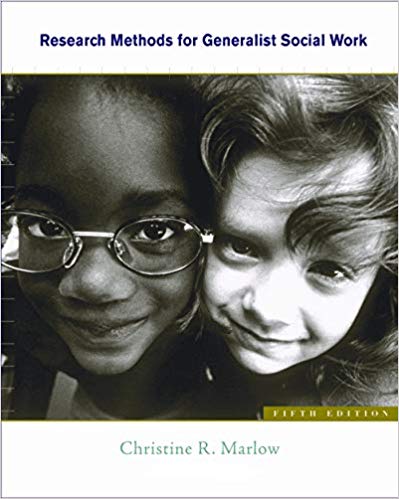
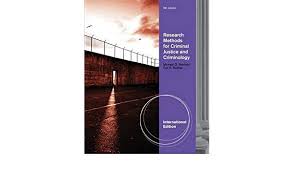




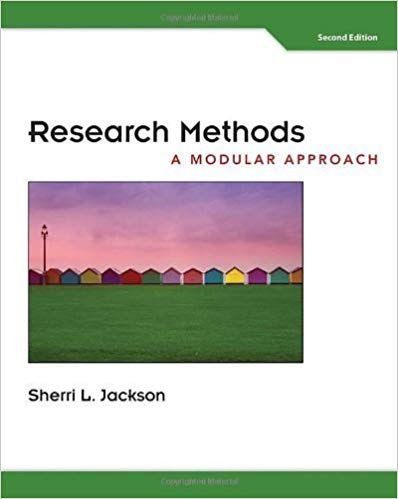
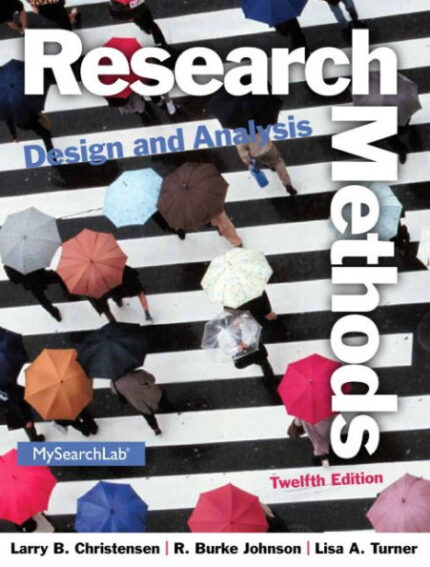
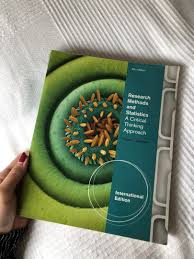

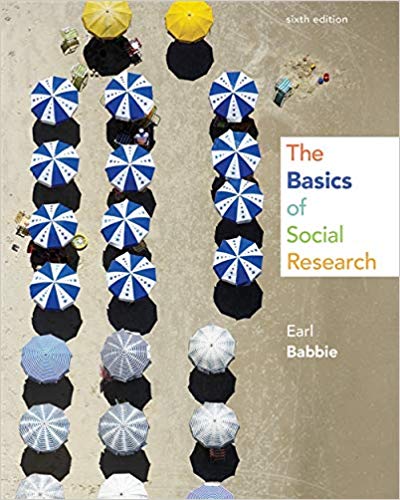


Reviews
There are no reviews yet.